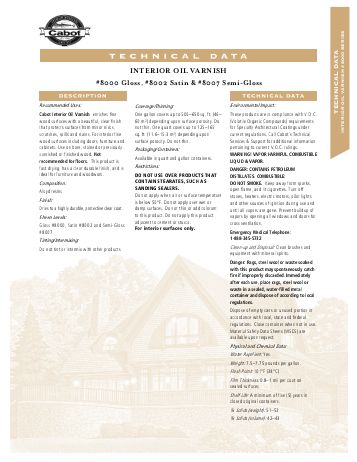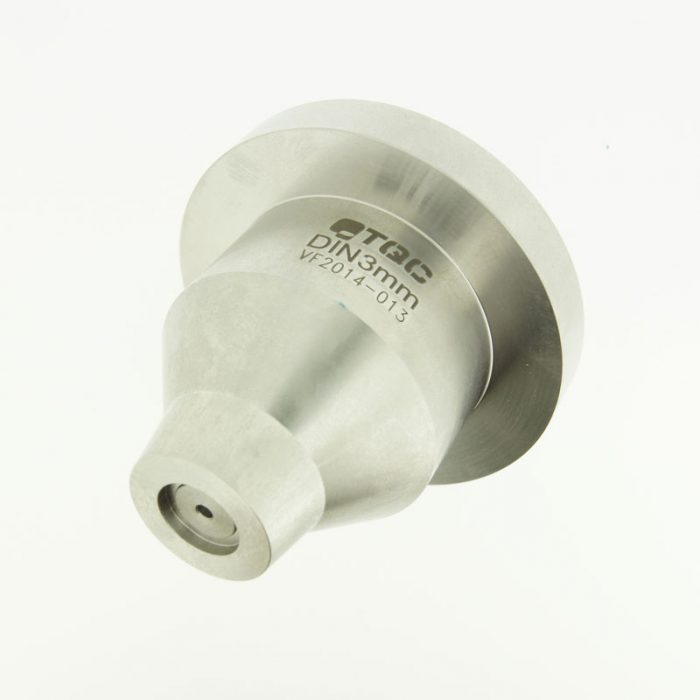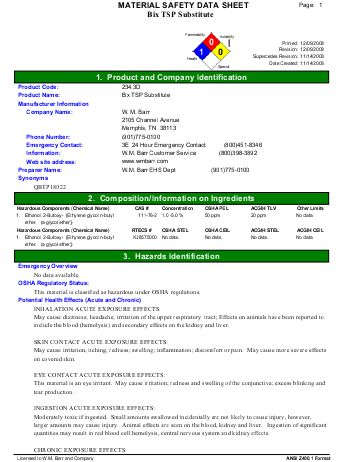To get a good stain or varnish on the wooden objects you have decided to finish, whether you are an amateur or a professional, you need to make sure that you have the necessary information on the products you use, that you know how to mix, apply and process them in such a way that you get the desired result. Do-it-yourself enthusiasts will find information about the features and how to work on the label of products bought in DIY stores. For those who work in workshops or factories, this technical information can be found in the product data sheets, safety data sheets and work technologies that should be made available to you by your finishing material suppliers.
In these documents you will find very important data that will help you to choose the right products for the right purpose. It is very important to study them before you start working with the materials. It is possible that the product may be very good, but if it is not properly prepared you may not get the expected result. Some information about what you find in these documents should be helpful.
Factsheet is the business card of each product. It contains information on the characteristics of the product, application instructions, drying times, whether and how to sand, etc. Irrespective of the manufacturer, the data sheet has minimal information on physical properties. The properties most often present in a data sheet are solid body, viscosity and specific gravity.

photo source: yumpu.com
Solid body is the amount of solid resin remaining after the solvent evaporates. The higher the percentage of solids, the better the product. In the case of non-curing products such as nitrocellulose products, the solid body is the amount of material that remains on the wood substrate after drying. In the case of cured products, the amount of material remaining on the board is not always equal to the sum of the two solids. Sometimes, as a result of the chemical reaction, compounds can be formed which cause the solid body to grow. But even in this case, the larger the solid, the better the lake.
Viscosity is another very important characteristic. In production it is measured using a viscometer cup with a standardized nozzle. The cups can be FORD (English measuring system) or DIN (European measuring system), with a very small difference in nozzle diameters due to different measuring systems. Cups have different numbers - 2, 4, 8 - depending on the diameter of the nozzle through which the product flows. The cup number is directly proportional to the nozzle size. In the technical data sheet we find the initial viscosity of the product, generally measured at a temperature of 20°C. In the application technologies there are indications on the viscosity on application. It is measured after the material has been prepared for the application (diluted and catalyzed, if necessary). Viscosity is temperature dependent and inversely proportional to temperature.

photo source: tqc.eu
Specific weight is the mass of the unit of volume. It can be used to calculate volume or applied mass.
In addition to the physical properties, the technical data sheets also contain information on the substrate on which the product can be applied, the recommended application quantity, drying time and other useful information in the production process.
The drying time is of several kinds. Dust drying time is the time during which the varnish film dries on the surface so that falling dust is no longer embedded in the film. Fingerprint drying time is the time after which we can handle the finished object without the risk of leaving marks. Drying time for sanding is the time after which sanding is done gently, resulting in a fine, white powder. Drying time when packing is the time after which packaging can be done without the risk of printing.
Another very important document is safety data sheet. In fact it is a document that you must have. In the safety data sheet you will find information on the chemical composition of the product, the impact and risks of its use on human health and the environment, how to store and transport the materials, first aid in case of accidents, contact persons in case further information is needed. It is compulsory to have the safety data sheets, in Romanian, for each product used and to present them in case of a control by the Environment Agency.

photo source: yumpu.com
Another "tool" you need is working technology. It may be a general technology, proposed by the manufacturer and valid in most cases, or it may be established after tests have been carried out in production, with the existing machinery and under specific environmental conditions. It is a useful document in production because it contains information on each stage of the work, from the preparation of the blank to the final varnishing and packaging of the finished product.
I recommend asking for these documents every time because they are very helpful. Moreover, in the case of safety data sheets, it is obligatory to have them, thus avoiding penalties which can be very 'painful' in your pocket.

































Great!
We are looking forward to more information!
Thank you! I hope to live up to expectations. 🙂
All the best!
thanks for the information. very good and practical.
And I thank you for following us.
All the best.
Hello, a quality standard for wood products ( mdf , solid wood , veneer ) cracked ( matt , glossy ) where can I find ?
Thank you.
Good evening.
There are many such standards. Some are Romanian standards from before 1989 (STAS) or after (SR). In Romania there are also European (EN, DIN, etc) or American (ISO) standards.
For varnish testing find standards in here.
Romanian standards found here.
Some European standards for wood found here.
There's more.
I hope it will be helpful.
All the best!
Don't forget to subscribe to the printed Wood Magazine! For only 58 lei/year you can find out news in the field, discover craft ideas or trade secrets. We remind you that the content in the printed magazine is different from the one on the website. Details in the link below.
Thank you!https://revistadinlemn.ro/product/abonament-revista-din-lemn/